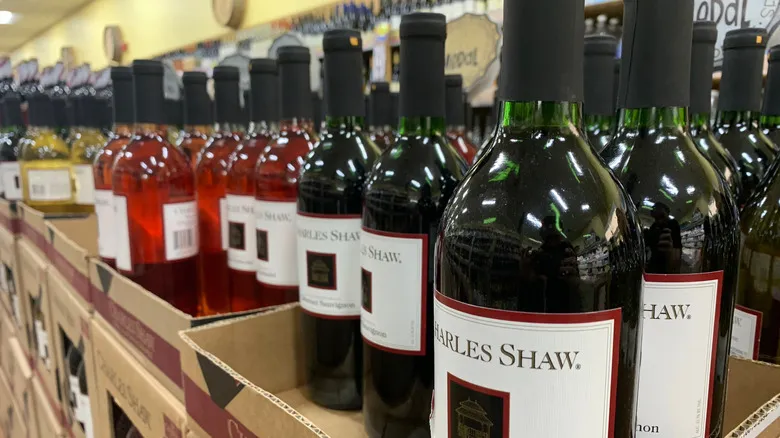The history of Charles Shaw wine

Charles Shaw launched his first winery in 1974, realizing his long-cherished aspiration of crafting wine. In its early days, Shaw's winery produced premium-quality wines, with prices around $13.50 per bottle in the 1980s, significantly higher than today's rates, and garnered numerous accolades. However, the business faced challenges in the 1990s when some barrels were compromised due to the use of incorrect wax. This issue, along with a series of financial missteps, plunged the company into chaos. In 1995, Fred Franzia, known for Franzia boxed wines, acquired the company for $27,000.
This acquisition separated Charles Shaw from the wine that bore his name. The significant drop in the price of Charles Shaw wine did not occur until 2002, when an oversupply of wine coincided with decreased demand due to the economic fallout from the September 11th attacks. As a result, the company began selling its wine at a loss, and that year marked the beginning of its partnership with Trader Joe's. Nevertheless, this temporary downturn in the wine industry does not fully account for how Charles Shaw wine has managed to maintain such low prices for over twenty years.
How Charles Shaw wine stays so cheap

Charles Shaw's ability to keep its prices low can be attributed to several key business strategies. Firstly, the majority of Charles Shaw's vineyards are situated in the San Joaquin Valley, where land prices are generally lower due to the region's hot climate. This climate can shorten the growing season for grapes and may result in some spoilage. Additionally, the wine is produced in larger batches, which increases efficiency and output. Instead of aging the wine in traditional wooden barrels, Charles Shaw opts for aging it with wood chips, further reducing production costs.
Perhaps the most significant factor contributing to Charles Shaw's affordability is the company's reliance on automation in its production process. Instead of employing workers to hand-harvest grapes, machines are used to collect them, significantly cutting labor expenses.
This approach has faced criticism, with some expressing concerns about sanitation due to potential contamination from plants and animals. In response to these concerns, Franzia defended its practices in a statement to CNBC, asserting, "If you worry about things like that, you shouldn't eat anything, you shouldn't drink anything. When the wine's fermenting, it will eliminate anything that might be present." So, enjoy your glass of Charles Shaw, knowing that this affordable indulgence doesn’t come with a hefty price tag.
Recommended
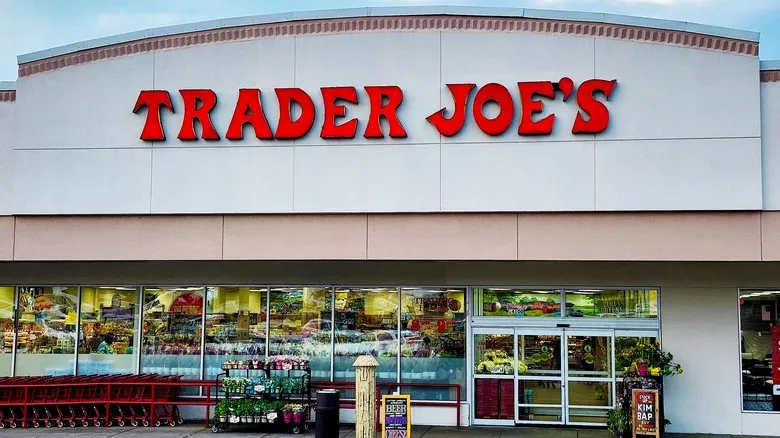
How Trader Joe's Keeps Its Prices Cheap
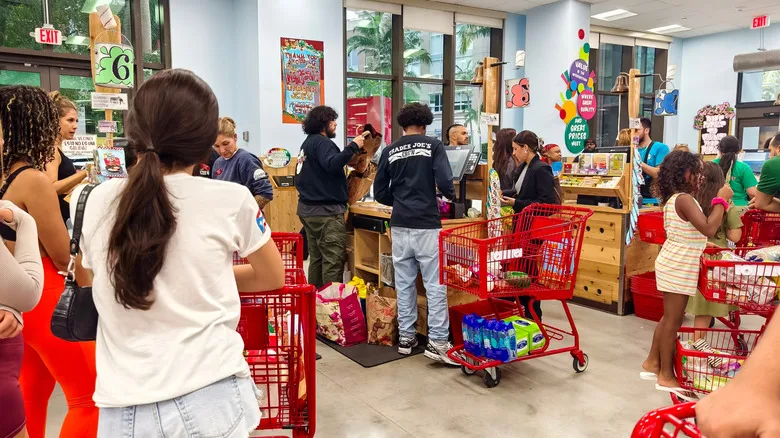
What It Means If You Hear A Bell Ring At Trader Joe's
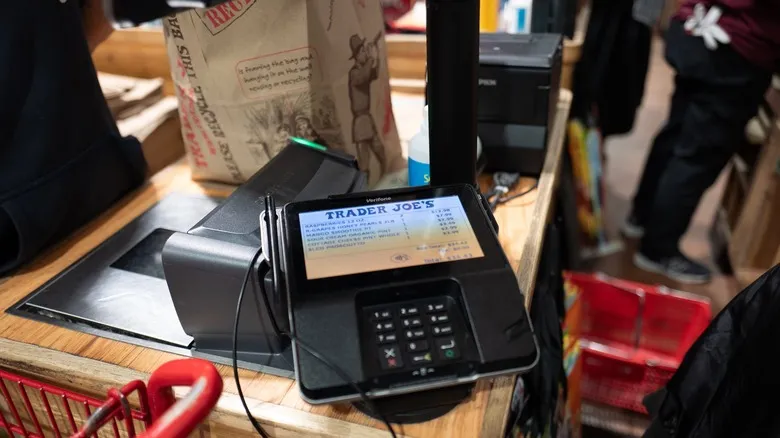
The 14 States Where You Can Buy Liquor At Trader Joe's
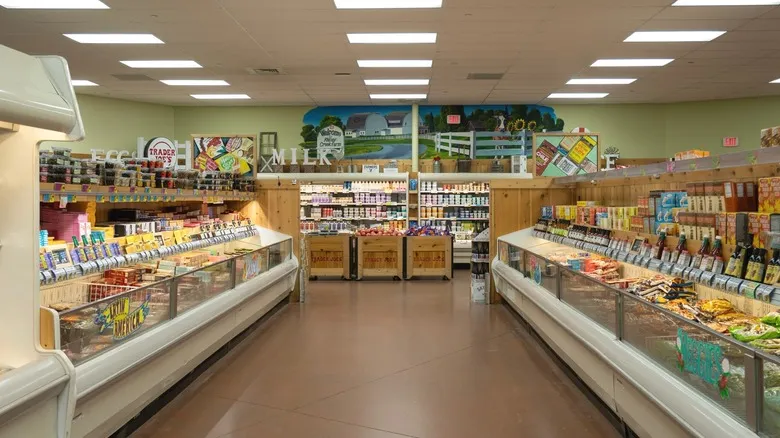
Trader Joe's Shoppers Are Combining These Two Spreads To Make One Delicious Snack
Next up

